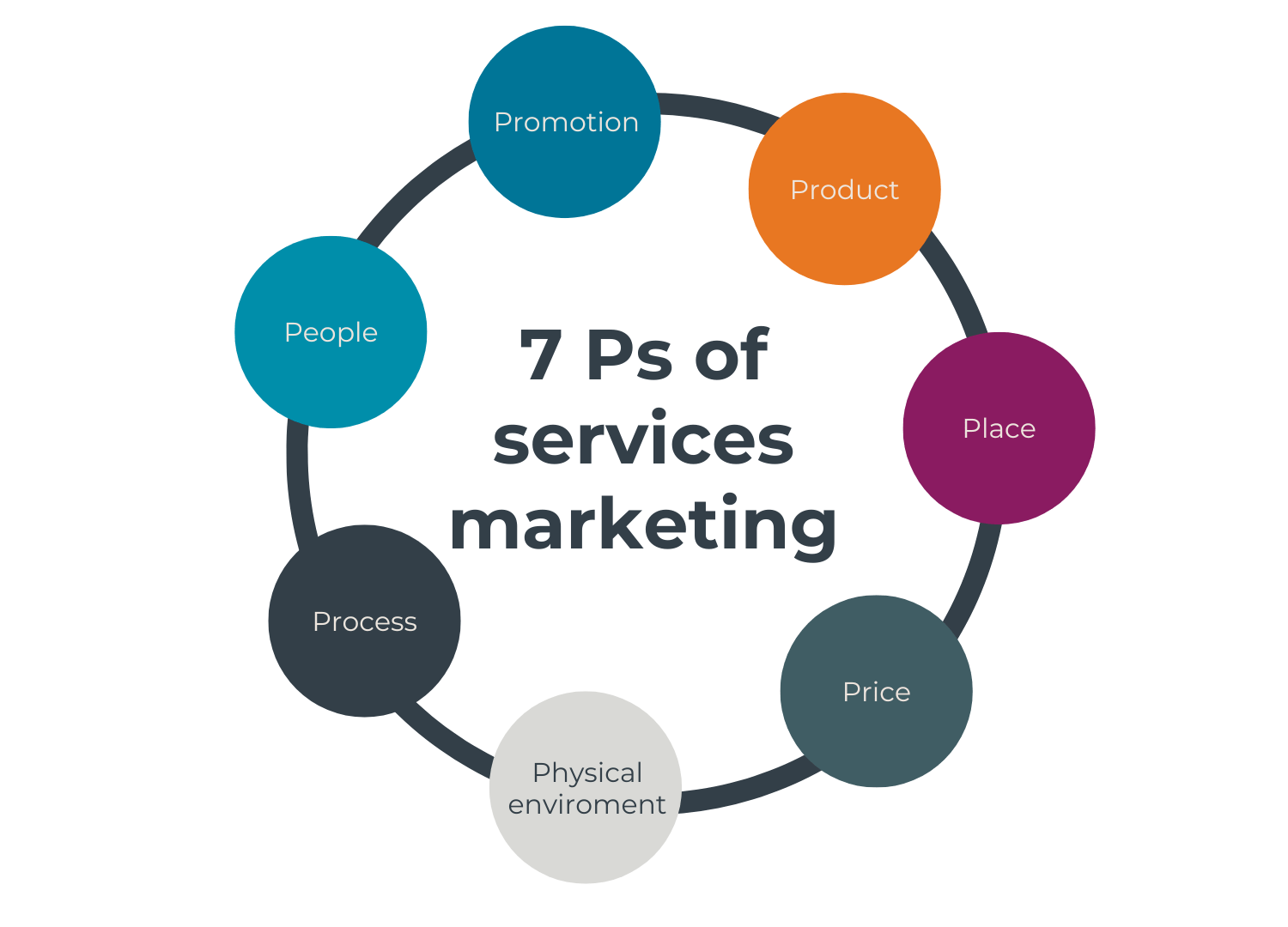One of the direct and indirect ways through which the service provider influences the customer’s expectation is by the way it markets its service. Veterinary practice is no exception to this rule but connecting with the right audience, at the right time, with the right content can be a challenge. This month’s guest author, Jorge L. Colón, DVM, MBA, walks us through how best to service the needs, wants and expectations of your clients and how leveraging the 7 Ps of Services Marketing can make a tangible difference to both your results and their experience.
Meeting customer expectations
Customers will always assess a service experience by their perception of the service received in comparison to the expectation of the service they were going to receive. Since different groups of people have different needs, the same service delivery can elicit different levels of perception depending on the type of consumer.
One of the direct and indirect ways through which the service provider influences the customer’s expectation is by the way it markets its service. It stands to reason, then, that to positively influence perception and improve the quality of the service experience, a provider should tailor the marketing of services to the different needs that different types of clients tend to present.
Marketing segmentation
The market for services is made by the people who are willing (want to buy it), able (can buy it), and capable (have access to buy it) of pursuing a service. Consumers that have a similar set of needs and wants form different types of groups that create different segments within the market. Because mass delivery will not satisfy the different sets of needs presented, the service provider should segment the market and tailor the delivery of services to the needs of the target group it intends to address.
Positioning strategy
The marketing strategy requires that the provider not only identify the target market it intends to address but also develop a unique positioning strategy that will differentiate the provider from other providers going after the same target market.
“How am I going to be perceived as different by the consumer?” is the question that your strategy should answer to properly market your service to the specific target group. When the same service is to be marketed to a different target segment of the market, the positioning strategy and intended delivery should change based on that segment’s specific needs.
Market mix (7 Ps of services marketing)
The final step in the marketing strategy for services is to develop a market mix that is specifically tailored to the selected target market and reinforces the unique positioning strategy. The market mix relates to 7 P’s of services marketing, namely:
- Promotion (sales and advertising)
- Product (service)
- Place (distribution)
- Price
- Physical environment
- Process (what you put people through to get your service)
- People (employees and customers)

Marketing plan
When added to the marketing strategy (target market, positioning strategy, market mix), the tactical details on the who/when/what of the implementation of the strategy make up the service’s marketing plan (Marketing Strategy + Tactical Details = Marketing Plan). All aspects of the marketing plan will be dictated by the set of needs and wants presented by the intended segment of the market identified.
Conclusion
One of the direct and indirect ways through which the service provider influences the customer’s expectation is by the way it markets its service. Service providers should tailor their services to the needs, wants, and expectations of the different groups they intend to serve. Even when delivering the same service, the differentiation, market mix, and tactical details of the strategy must change because the target group’s needs are different and so are their expectations of what they want from the service.
While external factors and uncontrollable forces will always influence the service provision and the customer experience if you develop proper marketing plans based on differing consumer needs, do your best to control external influences and the service process, and support the employees and systems that deliver the service, you will enhance the experience process and achieve an unparalleled level of customer satisfaction with your services. It all starts with marketing your services based on consumer needs.
To learn more about Jorge Colón, or the Center for Veterinary Business and Entrepreneurship at Cornell University College of Veterinary Medicine, click here >>
Header photo by Scott Graham on Unsplash







